500g Sodium Lauryl Sulfate (SLS)

500g Sodium Lauryl Sulfate (SLS)
That's why sodium lauryl sulfate and sodium laureth sulfate are included in our shampoos. These safe, effective, and bio-degradable ingredients help deliver the cleansing and dandruff-fighting performance that you expect from Head & Shoulders. The information found online about sodium lauryl sulfate (SLS) and sodium laureth sulfate (SLES) is.
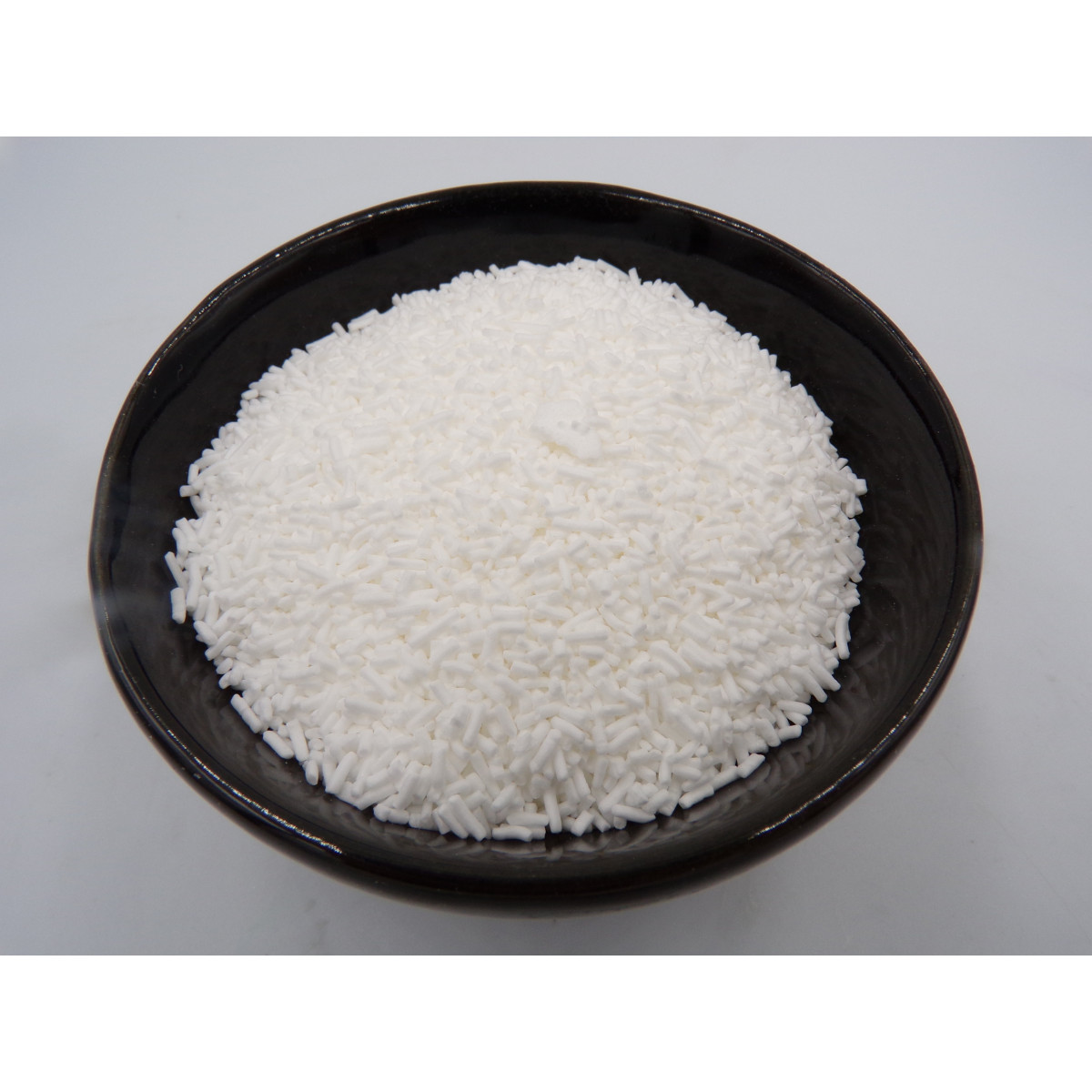
SLS Sodium Lauryl Sulphate 100g Aromat'easy
Sodium lauryl sulfate is a surfactant, and its efficacy, low cost, abundance and simplicity mean it's used in a variety of cosmetic, dermatological and consumer products. Your toothpaste.

Buy PRATHA Sodium Lauryl Ether Sulphate SLES INCI Sodium Laureth Sulfate 400gm Online at Low
Main benefits: Creates a lather, encourages a deep clean, and emulsifies. Who should use it: Those who don't have an allergy or sensitivity to it. How often can you use it: Can be used every day if you only apply it to areas that harbor bacteria and limit the amount of time on your skin.

sodium lauryl sulfate_OKCHEM
1. Introduction In recent years, the global demand for surfactants has increased to about 17 million tonnes, with anionic surfactants accounting for 46% of the global surfactant consumption, which is foreseen to grow at a rate of 2.6% in the next 5 years [ 1 ].
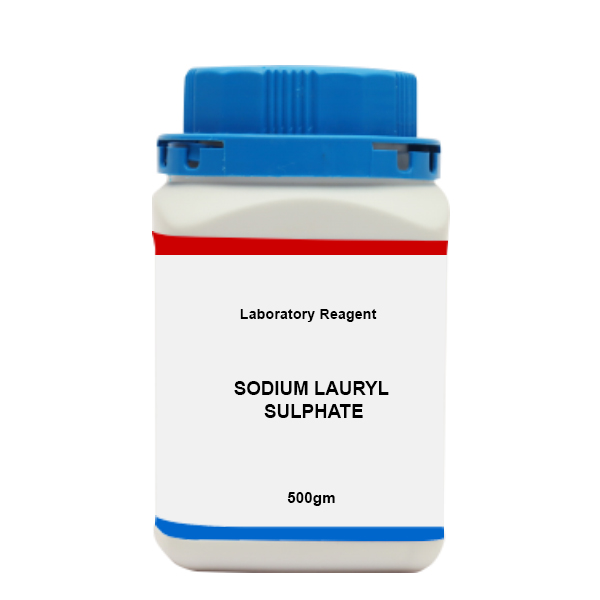
Sodium lauryl sulphate LR Buy for best price at ibuychemikals
How does SLES work? SLES is mainly used to prevent the separation of water and oil in a solution/product. It is also an effective foaming or wetting agent, cleanser, and emulsifier. These qualities allow shampoos and liquid soaps to produce foam and clean surfaces.

Sodium Laureth Sulphate (Sodium Lauryl Ether Sulfaat) SLES UNGEROL N 228 OVL17 Uit het
Sodium lauryl sulfate (SLS), a related detergent used in cosmetics, is a skin, eye and respiratory tract irritant and toxic to aquatic organisms. vii. Other ethoxylates may be contaminated with ethylene oxide and 1,4-dioxane. These ingredients usually have chemical names including the letters "eth" (e.g., sodium laureth sulfate).

Sodium Lauryl Sulfate CAS 151213 Ensign Chemical
Sodium Lauryl Sulfate (SLS), also called Sodium Dodecyl Sulfate (SDS), is also a chemical ingredient commonly found in personal care products from shampoos to toothpaste. It, too, is a surfactant that acts as an effective cleansing and foaming agent, which is why it's often used in hair care products. So, what's the difference?
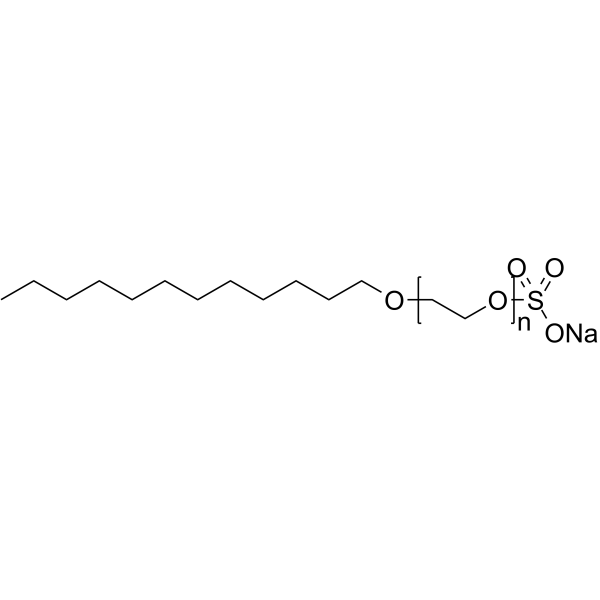
COA of Sodium laureth sulfate Certificate of Analysis AbMole BioScience
Sodium lauryl sulfate can be made from petroleum oil (via the OXO process) or from coconut or palm oil (via the Ziegler process ). In both processes, fatty acids are extracted and converted to fatty alcohols, then sulfonated to become a crystalline salt. If SLS undergoes a chemical process called " ethoxylation ," it becomes SLES.
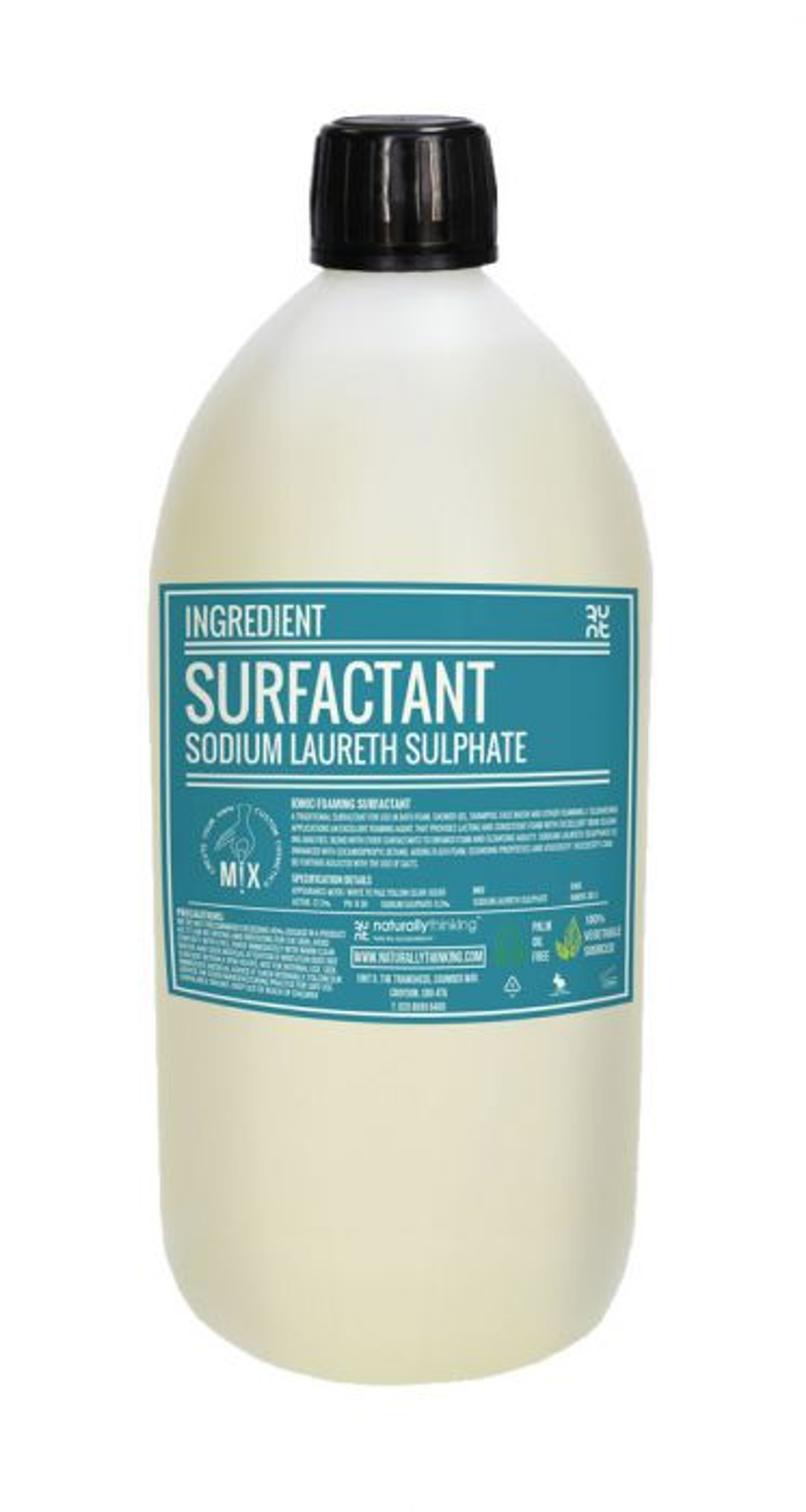
Sodium lauryl sulphate foaming agent surfactant 27 active
SLS is what's known as a "surfactant." This means it lowers the surface tension between ingredients, which is why it's used as a cleansing and foaming agent. Most concerns about SLS stem from the.

EC3 Sodium Lauryl Sulfate from Compound Interest, has wonderful chemistry infographics
Sodium Lauryl Sulfate (SLS) is actually the parent chemical that is modified to make Sodium Laureth Ether Sulfate (SLES). It's created by reacting lauryl alcohol with petroleum or with coconut or palm oil. To derive SLES from SLS, a process called ethoxylation (in which ethylene oxide is introduced) has to take place.
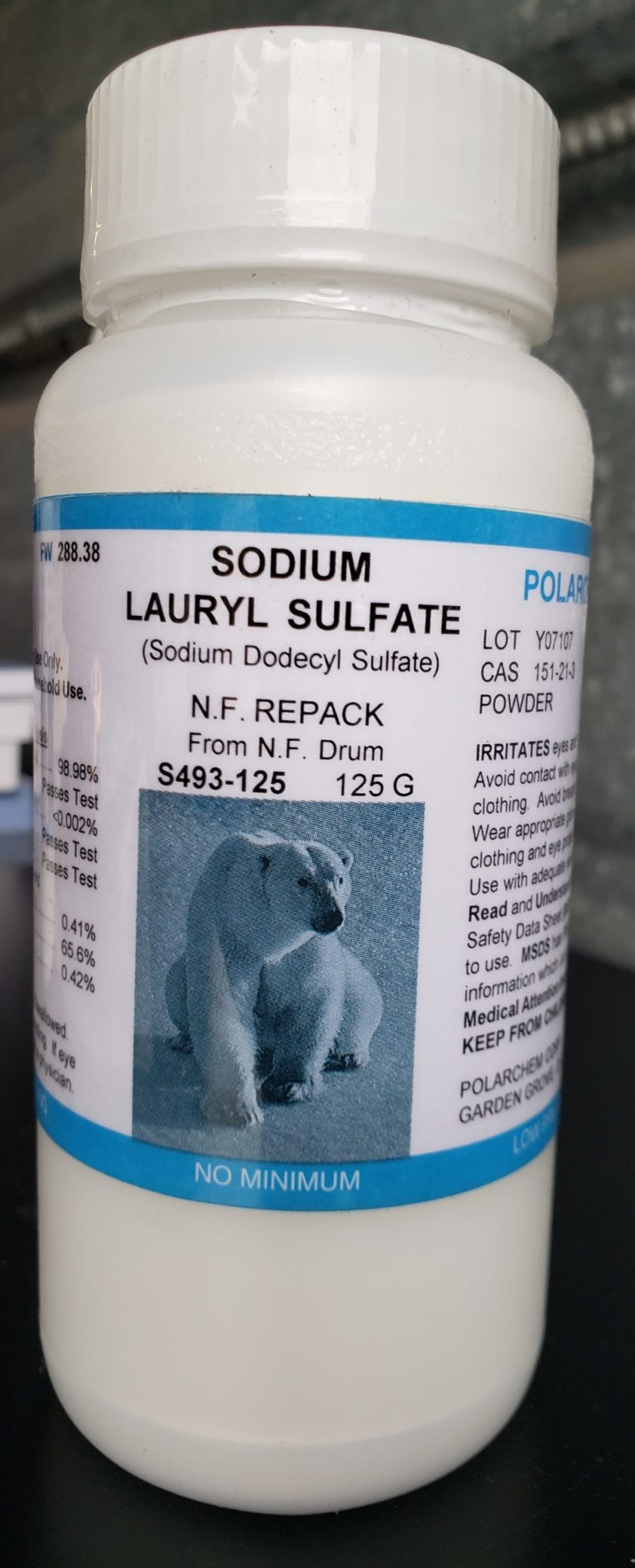
Sodium Lauryl Sulfate 125 grams KLM Bio Scientific
No matter what you love, you'll find it here. Search top products and more. Try the eBay way-getting what you want doesn't have to be a splurge. Browse top items!

Difference Between Sodium Lauryl Sulfate and Sodium Laureth Sulfate Compare the Difference
Sodium laureth sulfate ( SLES ), an accepted contraction of sodium lauryl ether sulfate ( SLES ), also called sodium alkylethersulfate, is an anionic detergent and surfactant found in many personal care products ( soaps, shampoos, toothpaste, etc.) and for industrial uses. SLES is an inexpensive and very effective foaming agent. [1]

Sodium laureth sulphate detergent molecule, illustration Stock Image F030/0229 Science
SLS is an effective surfactant used in household cleaning products to help remove oily stains and residues. Because of its ability to break down oil and grease, SLS also is an ingredient in engine degreasers and industrial strength detergents.
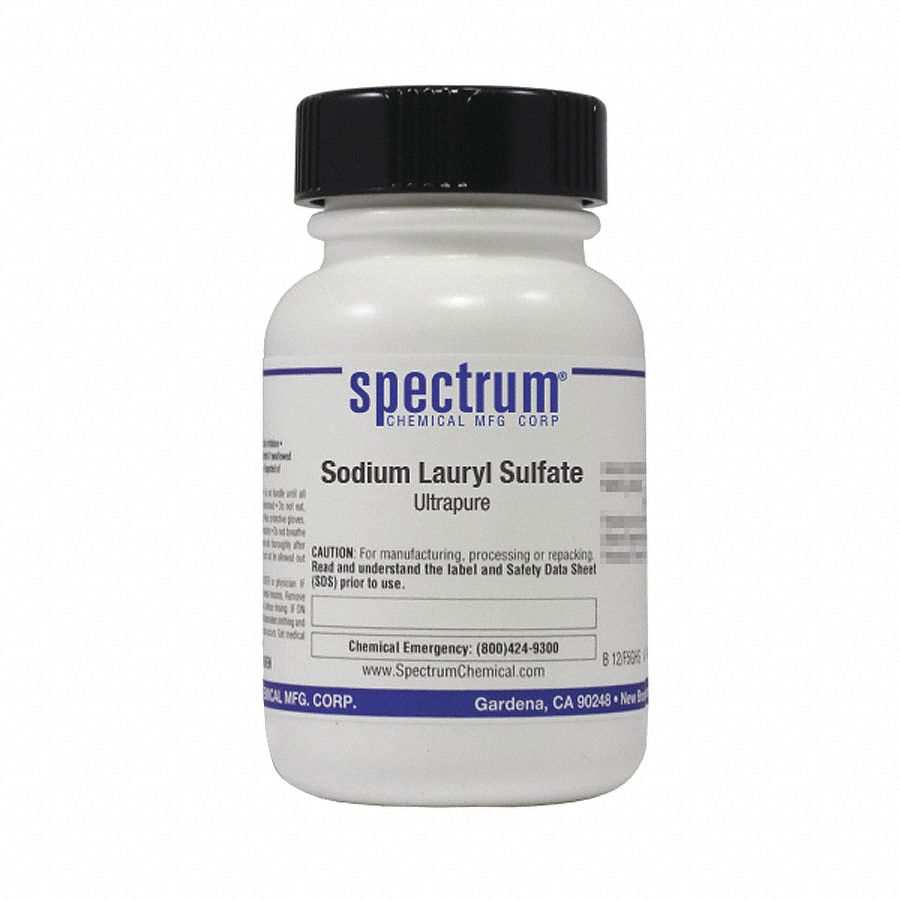
SPECTRUM Sodium Lauryl Sulfate, Ultrapure, Analytical Reagents, Bottle, 25 g 6MLE5S133125GM
Sodium lauryl sulfate (SLS) and sodium laureth sulfate (SLES) are both anionic surfactants and detergents that you can find in many personal care products and cleaning products. Surfactants lower the surface tension of water which allows oil and dirt particles to more easily wash away.
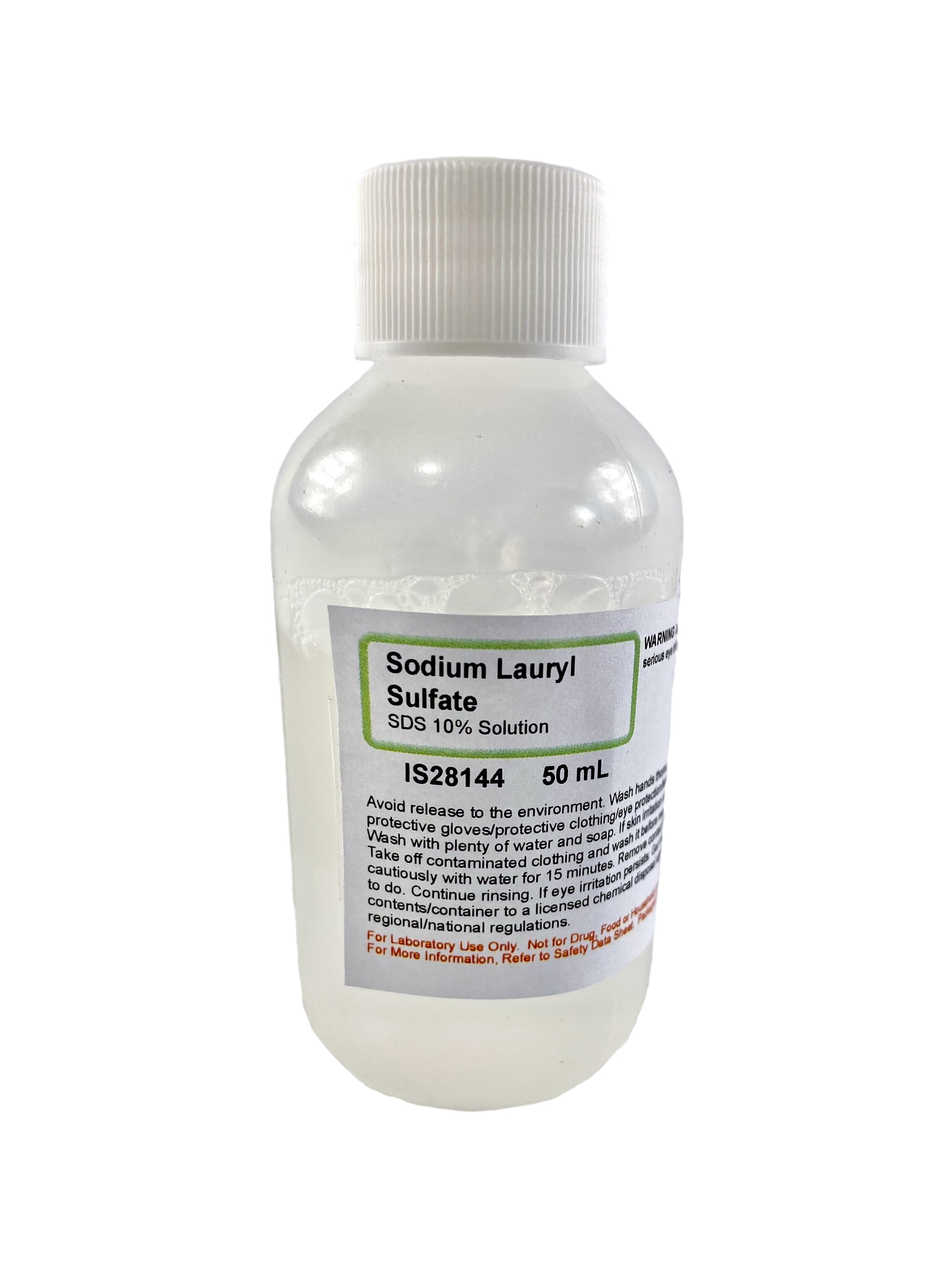
Sodium Lauryl Sulfate 10 Solution, 50mL Laboratory Grade Sodium Dodecyl Sulfate The
Sodium lauryl sulfate is a surfactant, and its efficacy, low cost, abundance and simplicity mean it's used in a variety of cosmetic, dermatological and consumer products. Your toothpaste, shampoo and body wash probably all contain SLS. from www.shutterstock.com Read more: Health Check: what should I eat to improve my skin? Is it harmful?
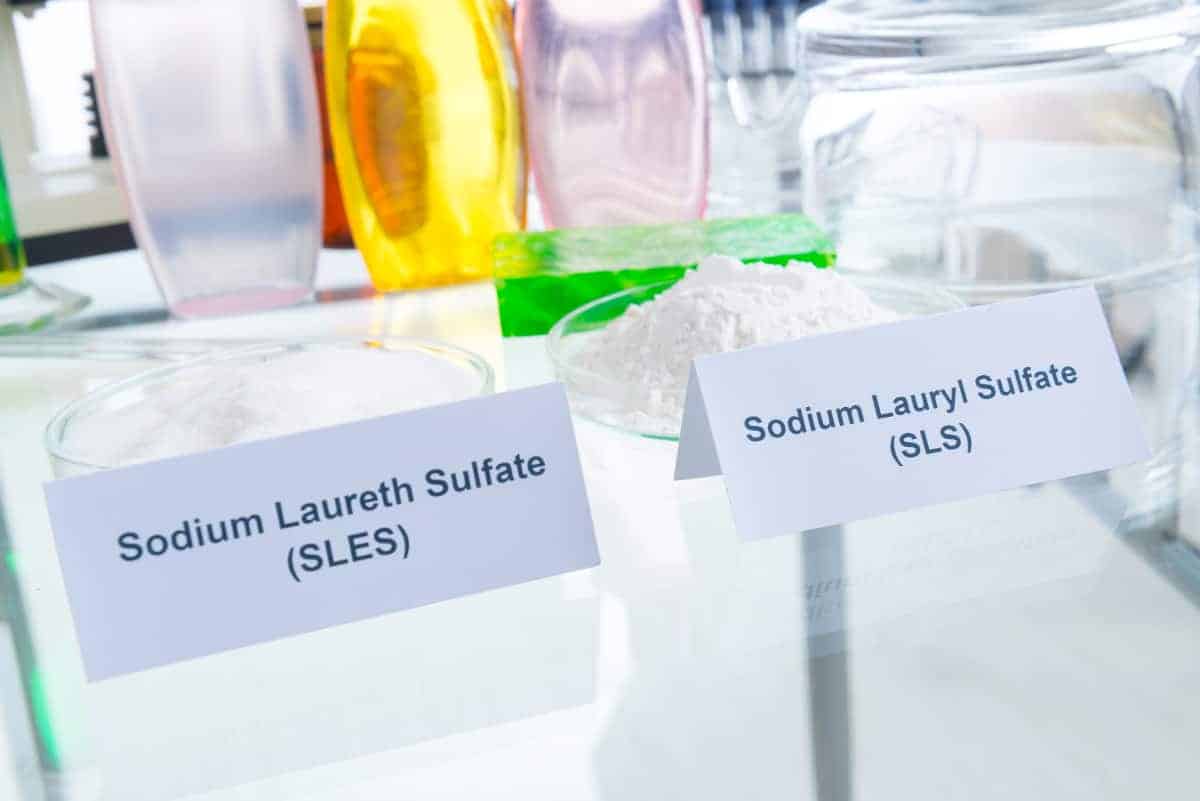
Sodium Lauryl Sulfate vs. Sodium Laureth Sulfate (SLS vs. SLES) RusticWise
Sodium Lauryl Sulfate (SLS) and Sodium Laureth Sulfate (SLES) are common ingredients found in personal care products such as shampoos, body washes, and toothpaste. While they may look similar, there are significant differences between these two compounds. In this article, we will compare and contrast SLS and SLES, and explore their chemical properties, history and evolution, potential health.